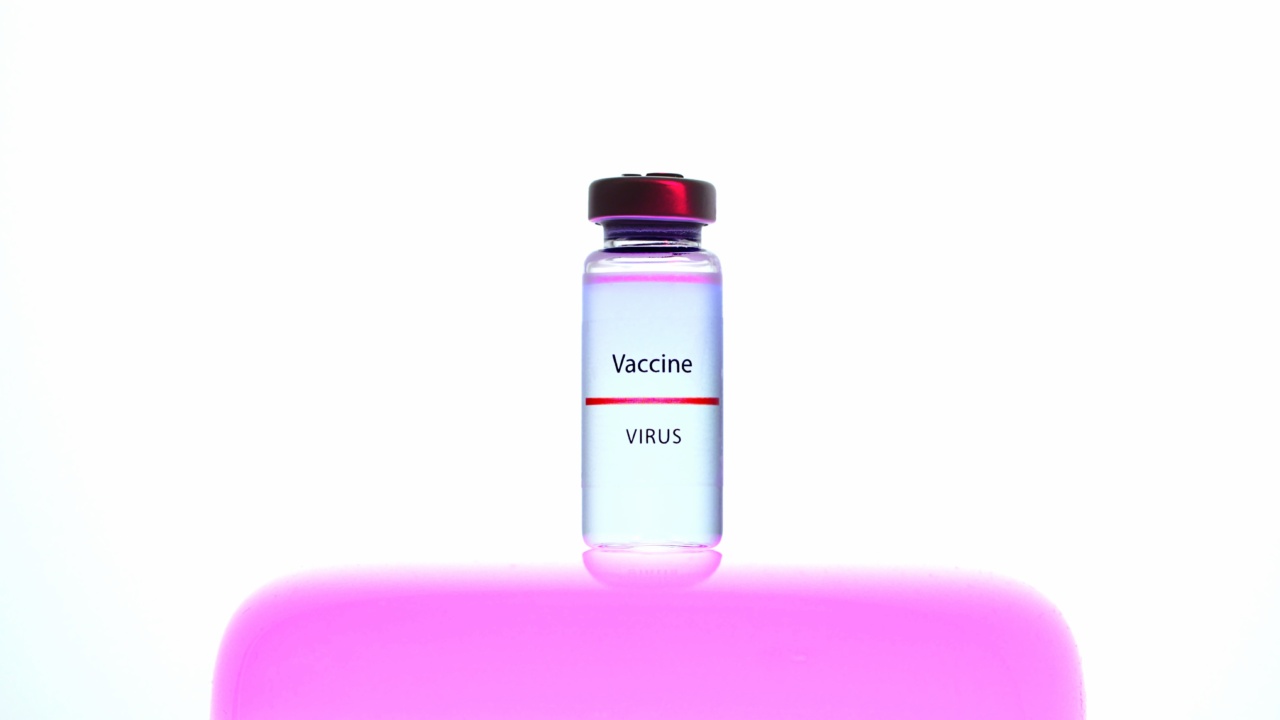Osteoporosis, a medical condition characterized by fragile and weakened bones, affects millions of individuals worldwide. It leads to an increased risk of fractures, reduced quality of life, and significant healthcare costs.
While various preventive measures and treatments exist to manage osteoporosis, research has recently emerged with promising advancements that could revolutionize the way we approach and prevent this debilitating condition.
The Role of Genetics in Osteoporosis
Genetic factors play a crucial role in osteoporosis development. Certain genetic variations have been linked to an increased risk of developing the condition, while others have been associated with a decreased risk.
Identifying these genetic markers can help predict an individual’s susceptibility to osteoporosis and allow for personalized prevention strategies.
Advancements in Genetic Testing
Recent advancements in genetic testing have made it easier and more affordable to screen for the genetic variants related to osteoporosis.
These tests enable healthcare professionals to identify individuals who have a higher genetic risk of developing osteoporosis at an early stage. Armed with this information, doctors can provide targeted interventions and recommend lifestyle modifications that may delay or reduce the risk of osteoporosis.
Emerging Role of Epigenetics
Epigenetics, the study of heritable changes in gene expression without alterations in the DNA sequence, has also gained momentum in the field of osteoporosis research.
Researchers have discovered that certain lifestyle factors, such as diet and physical activity, can modify the activity of genes associated with bone health. Understanding how these lifestyle factors influence gene expression can open doors to innovative prevention strategies.
Diet and Bone Health
A growing body of evidence supports the connection between diet and bone health. Calcium and vitamin D are essential nutrients for maintaining strong bones, and deficiencies in these nutrients can contribute to osteoporosis.
Additionally, other nutrients such as magnesium, vitamin K, and protein play important roles in bone metabolism. Researchers are now exploring the potential benefits of personalized dietary interventions tailored to an individual’s genetic and epigenetic factors.
Physical Activity and Bone Strength
Regular physical activity, particularly weight-bearing exercises, is known to improve bone strength and reduce the risk of osteoporosis. However, recent studies have shown that the benefits of exercise extend beyond mechanical loading.
Exercise influences the expression of genes involved in bone remodeling, leading to increased bone density and overall bone health. Tailoring exercise regimes to an individual’s genetic and epigenetic profile may optimize the preventive effects.
Hormonal Therapies
Hormonal therapies, such as hormone replacement therapy (HRT) and selective estrogen receptor modulators (SERMs), have historically been used to manage osteoporosis in postmenopausal women.
However, emerging research suggests that genetic and epigenetic factors may influence the response to these therapies. Personalized medicine approaches that consider an individual’s genetic and epigenetic profiles may help optimize the efficacy and safety of hormonal interventions.
Targeted Drug Therapies
Traditional drug therapies for osteoporosis, such as bisphosphonates, have focused on slowing down bone loss. While effective, these medications have limitations and are not suitable for everyone.
New research aims to develop targeted drug therapies that can enhance bone formation, increase bone mass, and improve bone strength. By analyzing an individual’s genetic and epigenetic makeup, scientists hope to uncover more specific drug targets and tailor treatment plans accordingly.
The Promise of Stem Cells
Stem cell research holds immense promise for regenerative medicine and has the potential to revolutionize osteoporosis prevention and treatment.
Scientists are investigating the ability of stem cells to regenerate damaged bone tissue and improve bone quality. By harnessing the regenerative potential of stem cells and combining it with personalized genetic and epigenetic approaches, novel therapies may be developed to prevent or reverse osteoporosis.
Artificial Intelligence and Big Data
The advent of artificial intelligence (AI) and big data analytics has enabled researchers to analyze vast amounts of genetic and clinical data to uncover patterns and identify potential risk factors for osteoporosis.
AI algorithms can now predict an individual’s genetic and lifestyle-associated risk of developing osteoporosis, enabling early interventions and more precise preventive strategies. Additionally, machine learning models can assist in identifying novel genetic and epigenetic targets for drug development.
Collaboration and Future Directions
The field of osteoporosis research is rapidly evolving, driven by advancements in genetics, epigenetics, personalized medicine, and regenerative therapies.
However, to fully revolutionize osteoporosis prevention and management, collaboration between researchers, clinicians, and industry partners is essential. By combining expertise and resources, innovative solutions can be translated from the lab to the clinic, ultimately benefiting individuals at risk of osteoporosis and improving their quality of life.































